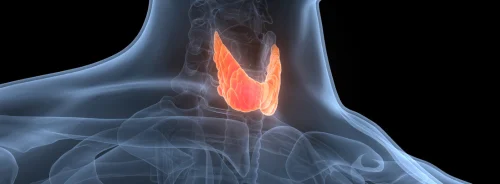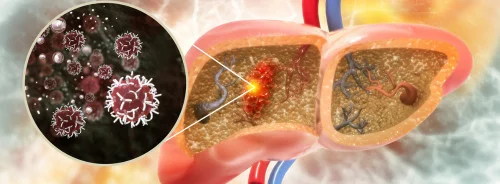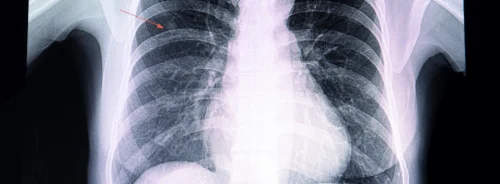Prostate cancer is the second most common cancer among men worldwide, making early detection crucial for reducing morbidity and mortality rates. One of the key tools for identifying clinically significant prostate cancer (csPCa) is multiparametric magnetic resonance imaging (mpMRI). However, the process of detecting prostate cancer through mpMRI is highly dependent on the expertise of radiologists and is prone to variability in interpretation. The study "Fully Automated Deep Learning Model to Detect Clinically Significant Prostate Cancer at MRI" explores the potential of deep learning (DL) models to improve the accuracy and consistency of prostate cancer detection using MRI data.
The Challenges of MRI-based Prostate Cancer Detection
The traditional approach to prostate cancer detection via mpMRI relies heavily on the Prostate Imaging Reporting and Data System (PI-RADS) for classifying suspicious lesions. While a standardised tool, PI-RADS can be subject to intra- and interobserver variability due to its dependence on the reader’s experience and interpretation. This variability can result in inconsistent diagnoses, particularly when distinguishing between clinically insignificant and significant prostate cancers. To overcome these limitations, machine learning (ML) methods have been developed to assist in prostate cancer detection by analysing regions of interest (ROIs) in MRI scans. These approaches, however, often require significant manual input from radiologists, which is time-consuming and limits scalability. Moreover, such models typically focus on lesion-level analysis, potentially missing smaller yet clinically significant lesions. The DL model proposed in this study addresses these limitations by providing an automated, patient-level prediction without the need for lesion annotations.
Deep Learning Model Development and Methodology
The study sought to create a deep learning model capable of identifying the presence of csPCa based on multiparametric MRI scans. The model was trained on a dataset comprising more than 5,000 prostate MRI scans from patients with varying levels of prostate cancer suspicion. These scans included key imaging sequences, such as T2-weighted, diffusion-weighted, and contrast-enhanced images, essential for distinguishing cancerous from non-cancerous tissue. Notably, the model was trained to predict the presence or absence of csPCa at a patient level, rather than identifying specific tumour locations. This design choice reduces the need for detailed lesion annotations, which are both time-consuming and subject to variability.
The model also incorporated clinical data such as prostate-specific antigen (PSA) levels to enhance prediction accuracy. After training, the DL model was evaluated against the performance of experienced radiologists. In addition, a combination of deep learning predictions and radiologists’ evaluations was tested to assess whether this hybrid approach could outperform either method alone.
Performance and Grad-CAM Visualisation
The performance of the deep learning model was measured using the area under the receiver operating characteristic curve (AUC), a standard metric for evaluating diagnostic models. The DL model achieved an impressive AUC of 0.89 on the internal test set, comparable to the performance of experienced radiologists. When tested on an external dataset (ProstateX), the model continued to perform well, with an AUC of 0.86, demonstrating its robustness across different populations. Furthermore, when the predictions of the DL model were combined with those of the radiologists, the AUC improved to 0.89 on the external test set, suggesting that the model could enhance radiologists' diagnostic capabilities.
In addition to its strong predictive performance, the DL model incorporated a gradient-weighted class activation map (Grad-CAM) to visualise the areas of the MRI scans that were most important for its predictions. This visualisation technique provided insight into the decision-making process of the model, highlighting regions of the prostate that were likely to contain cancerous tissue. The Grad-CAM outputs were highly accurate in localising clinically significant prostate cancers, with over 90% overlap between the highlighted areas and the actual tumour locations in true-positive cases. However, the technique was less effective in cases where multiple lesions were present, as the model tended to focus on a single dominant lesion.
Conclusion
The deep learning model developed in this study demonstrates great promise as a tool for improving prostate cancer detection via MRI. Its performance, comparable to that of experienced radiologists, and its ability to enhance radiologists' diagnostic accuracy, highlights its potential for clinical application. By reducing the reliance on human expertise and eliminating the need for manual lesion annotations, this model could streamline prostate cancer screening and diagnosis, particularly in settings with limited access to specialised radiologists.
Despite its strengths, the model is not without limitations. Its focus on patient-level predictions without providing precise tumour localisation may limit its utility in guiding biopsy decisions. Furthermore, the Grad-CAM visualisations, while helpful, lack the spatial resolution needed to fully replace traditional radiological assessments of tumour location. Future work could focus on integrating more sophisticated localisation tools or refining the model to account for multiple lesions within the same patient.
In summary, this study represents a significant step forward in applying artificial intelligence to prostate cancer detection. As deep learning models continue to evolve, their integration into clinical workflows could enhance the accuracy, consistency, and efficiency of prostate cancer diagnosis, ultimately improving patient outcomes.
Source Credit: Radiology
Image Credit: iStock






